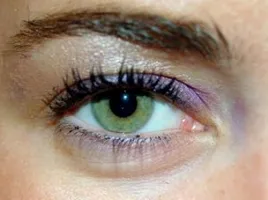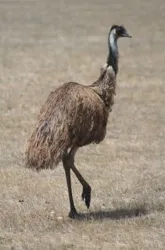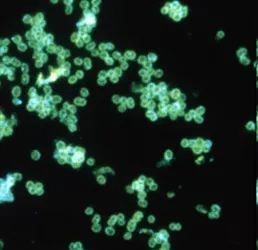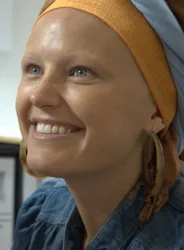
Hair Diseases
IntroductionThere are several recognized diseases of the Hair and the scalp. Experts recognize the following non-contagious hair diseases:
Experts also recognize the following contagious hair diseases: Tinea Capitis Pediculosis capitis Alopecia is the technical term for loss of hair. The three most common forms of hair loss are:
Excessive hair growth most often develops on the face, on the upper lip, and under the chin. Hair growth on the face is often linked to an imbalance in some female hormones such as estrogen. Excessive face hair has also been linked in some cases to birth control solutions and injected hormones. Excessive hair growth is also linked to certain ethnic groups and is often inherited. Canities The loss of the pigment melanin from the hair is a natural part of the aging process. Canities is a technical term that is used to describe the loss of hair color. Like baldness, the tendency to have gray hair is inherited. When hair turns gray before age 40 it is termed premature canities. Gray hair tends to occur earliest for people with light-skinned pigments and later for people with darker pigments. Although there have been some recorded instances of someone turning gray overnight, it is relatively rare and for most people occurs over a gradual period of time. Research has proven that gray hair may be linked to the diet. It is also been estimated that supplying the body with essential vitamins and minerals may help slow the appearance of gray. Dandruff This is one of the most common scalp disorders that humans experience. It can be easily recognized by small white flakes that appear on any hairy region of the body. Medial authorities have listed various causes for dandruff including poor circulation and inadequate nerve stimulation in the scalp. They have also linked it to infection, unbalanced deity, and improper grooming habits. Most experts agree that dandruff will spread if not treated properly. However, dandruff is not considered contagious. There are basically two types of dandruff: 1. Dry Dandruff 2. Oily Dandruff Dry dandruff can create social interaction problems since it tends to leave an obvious trail of flakes. Small dry flakes fall from the hair and easily adhere to clothing. Oily dandruff can be more troublesome than dry dandruff. The scales mix with sebum and are difficult to brush out. Medical treatment is usually the best way to control oily dandruff. Trichorrhexis Nodosa This is knotted hair. Trichoptilosis Split ends Monilethrix Beaded hair Fragilitas Crinium Split hairs in general
|
|
If you want to talk more about this or other hair care articles on HairBoutique.com or anywhere else, please post a message on HairBoutique.com's Hair Talk Forums.
|
Social Media Network Information
Please follow us on Twitter at: https://Twitter.com/HairBoutique. I look forward to meeting new people from all walks of Twitter and learning from their Tweets.


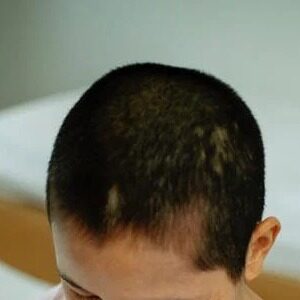 Hypertrichosis Excessive hair growth can be as much of a problem as lack of hair growth or hair loss. Hypertrichosis is specifically described as excessively thick hair on the scalp which is also known as extremely dense hair.
Hypertrichosis Excessive hair growth can be as much of a problem as lack of hair growth or hair loss. Hypertrichosis is specifically described as excessively thick hair on the scalp which is also known as extremely dense hair.